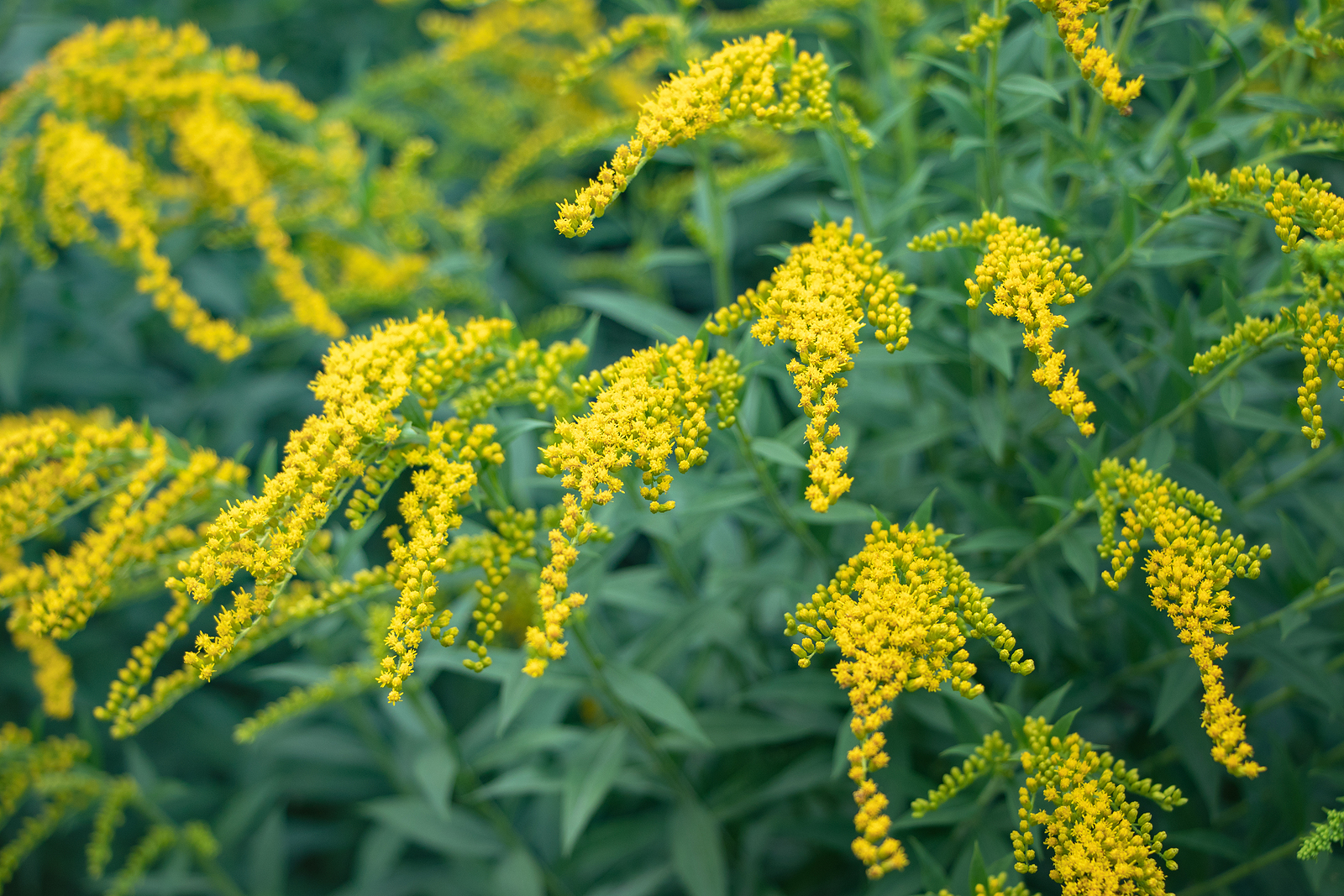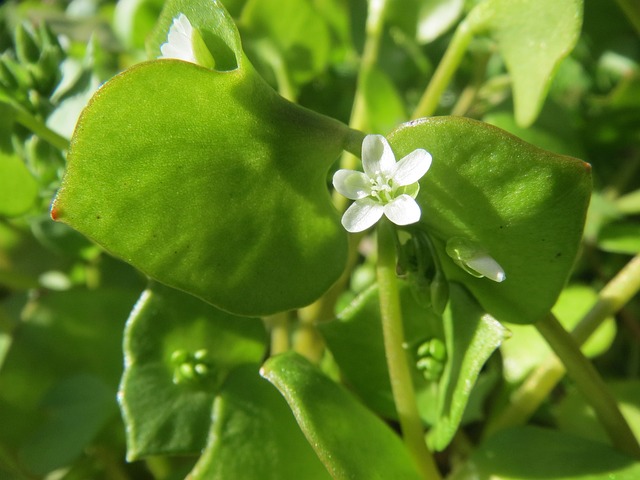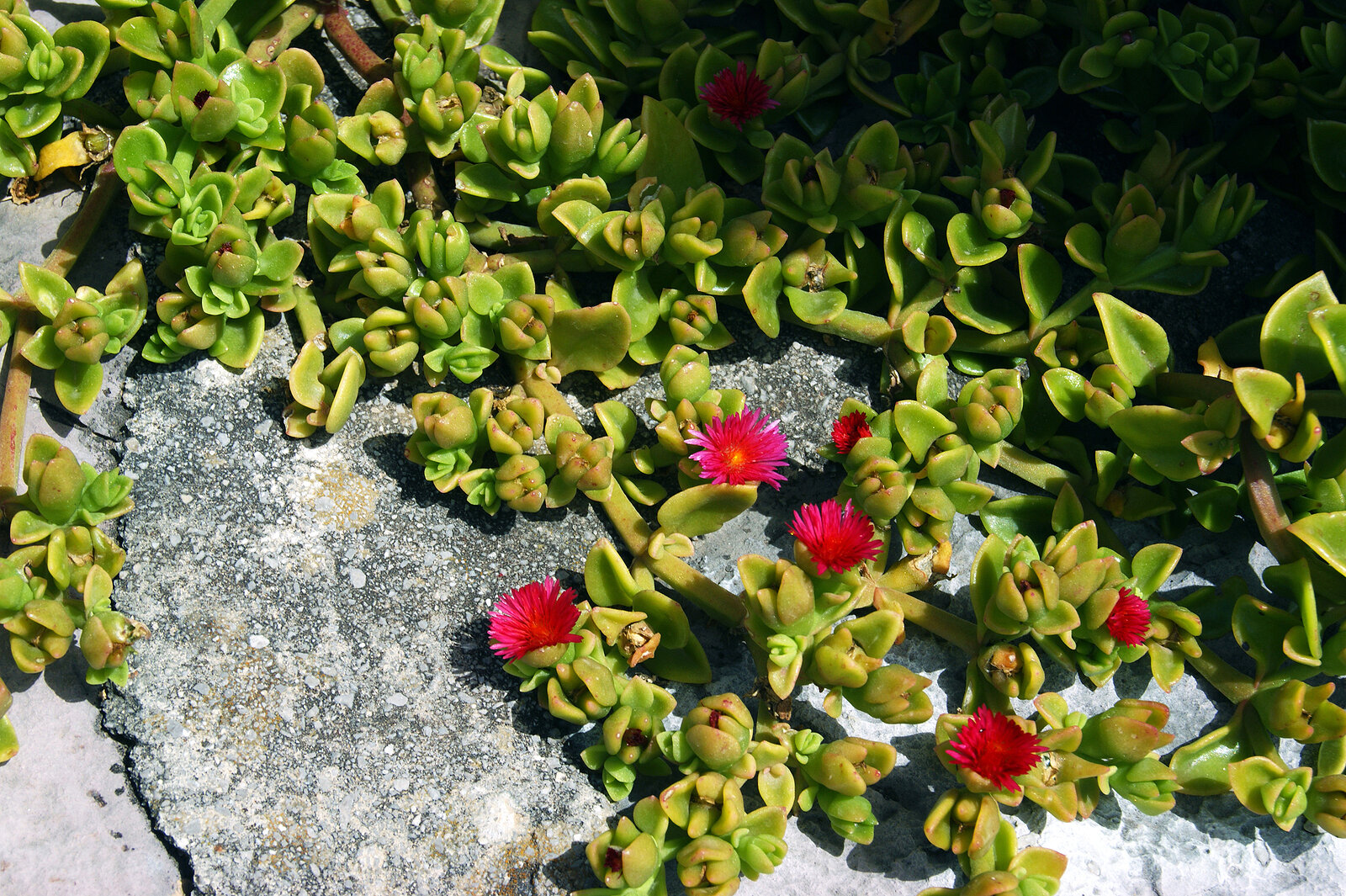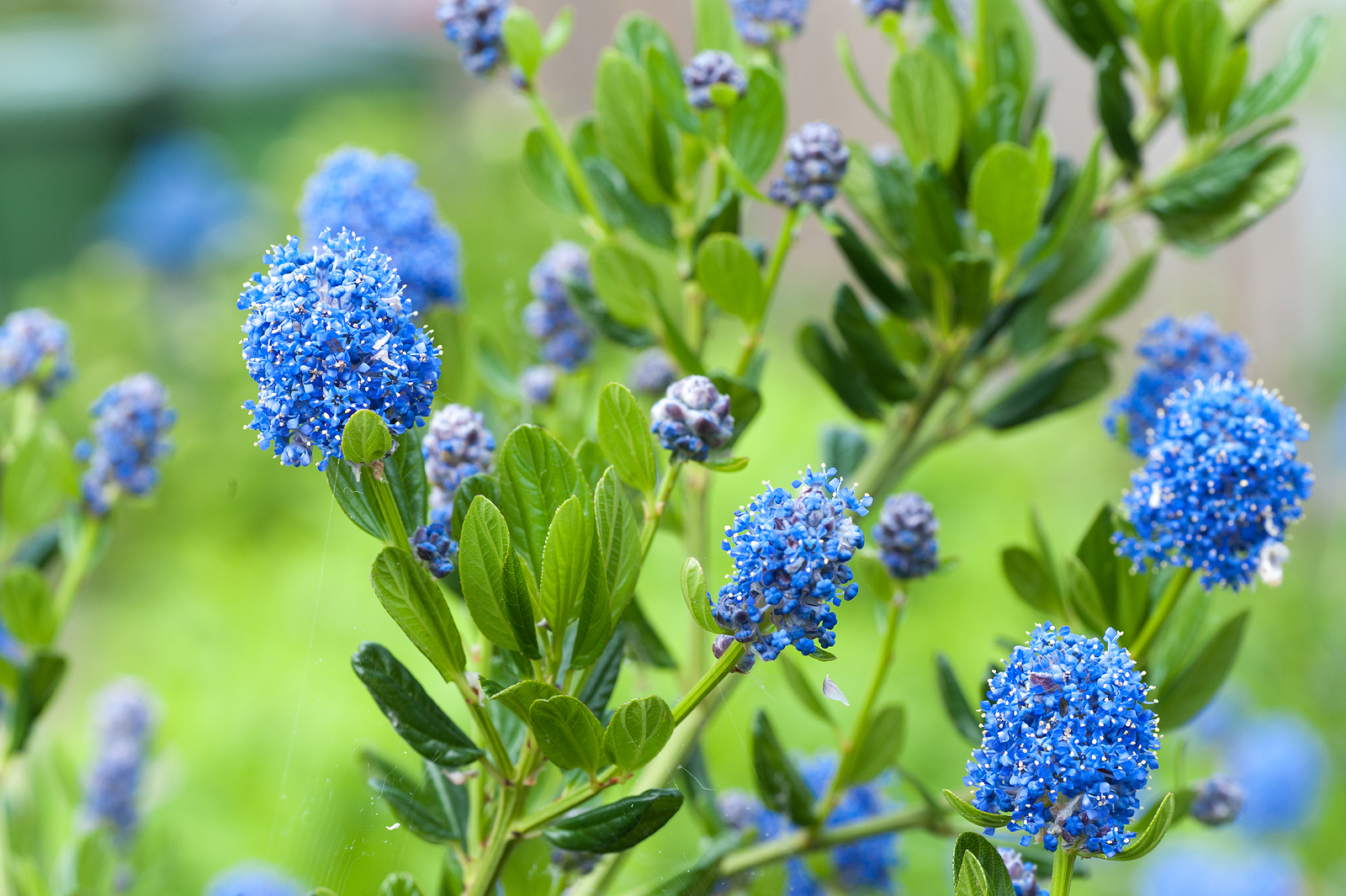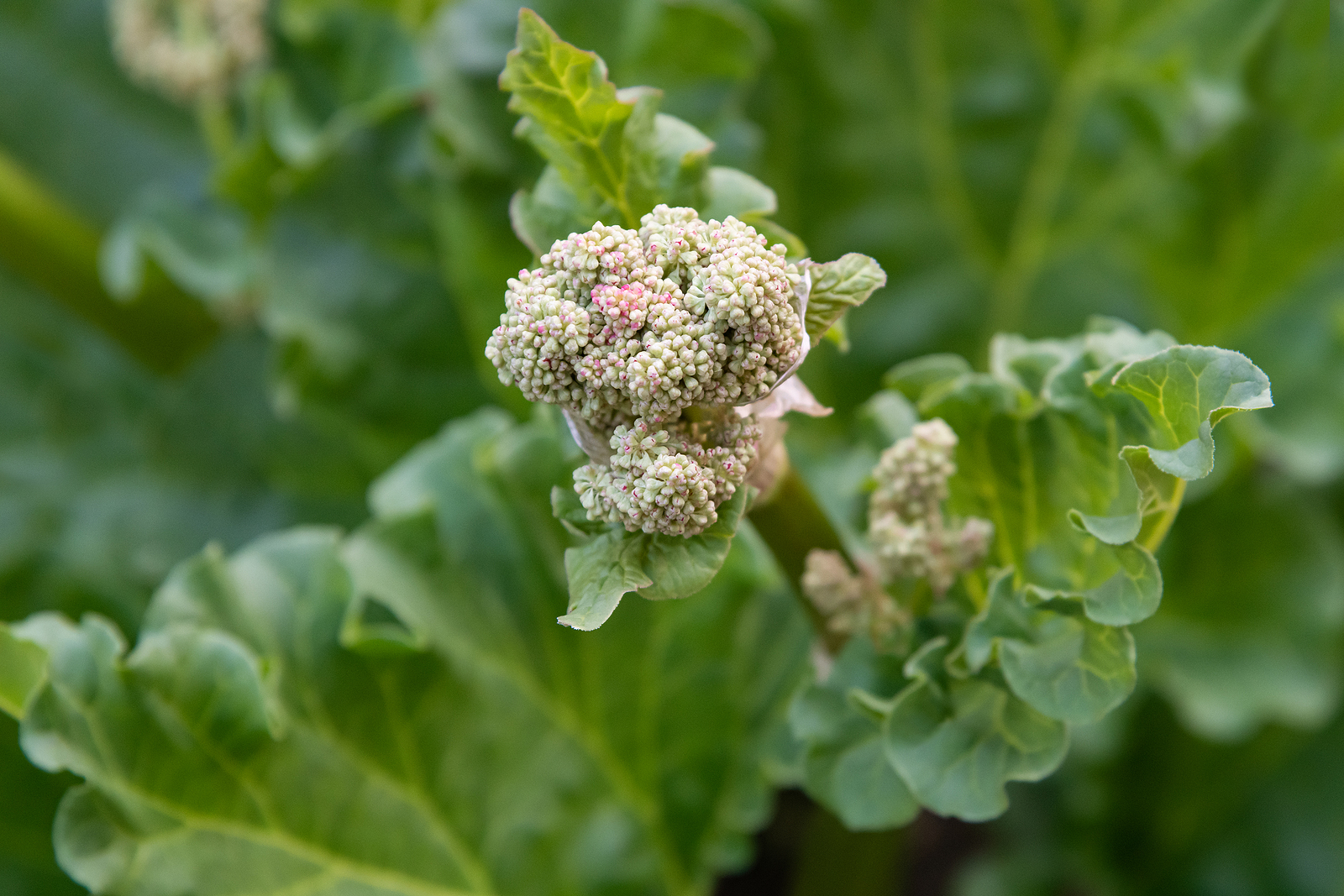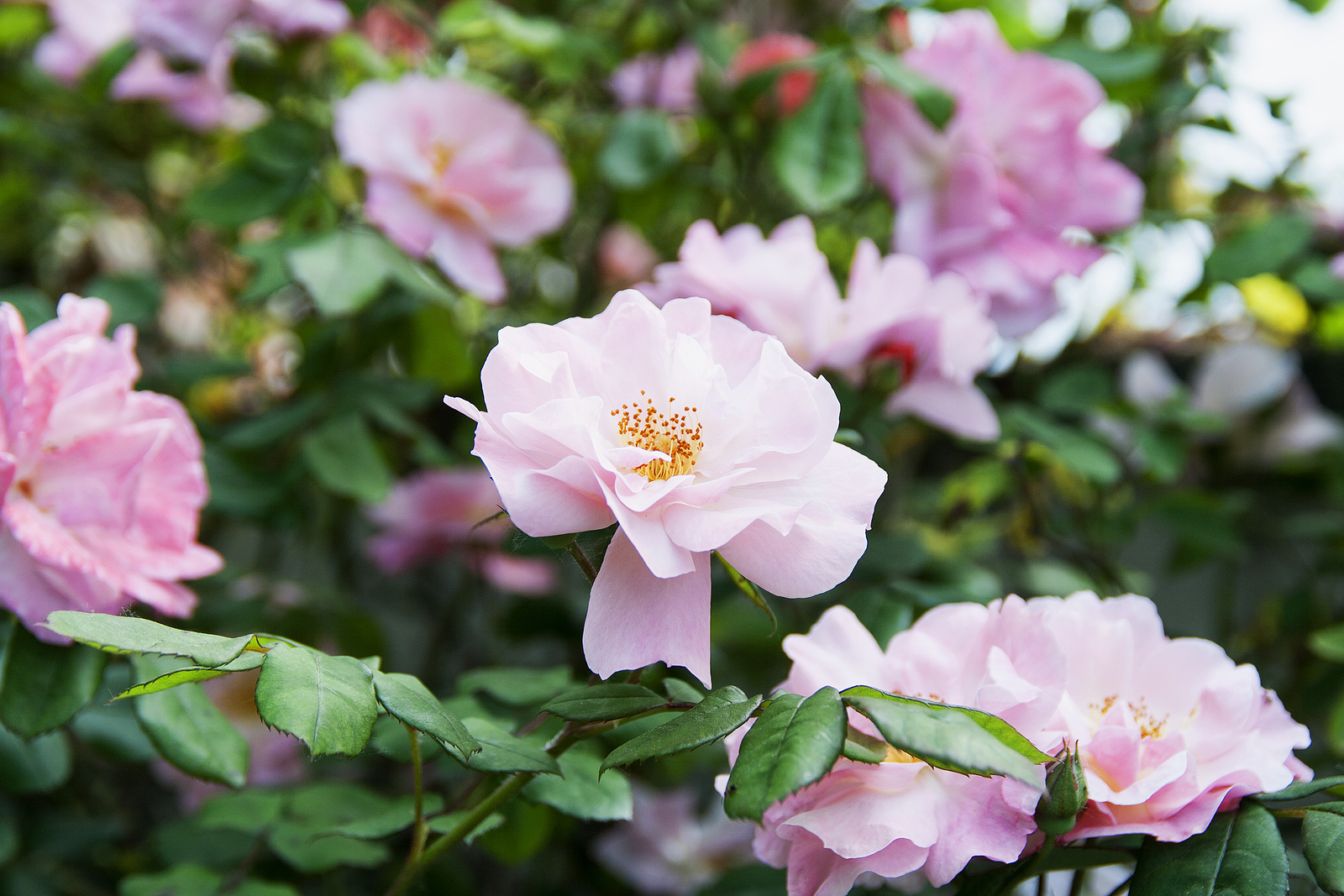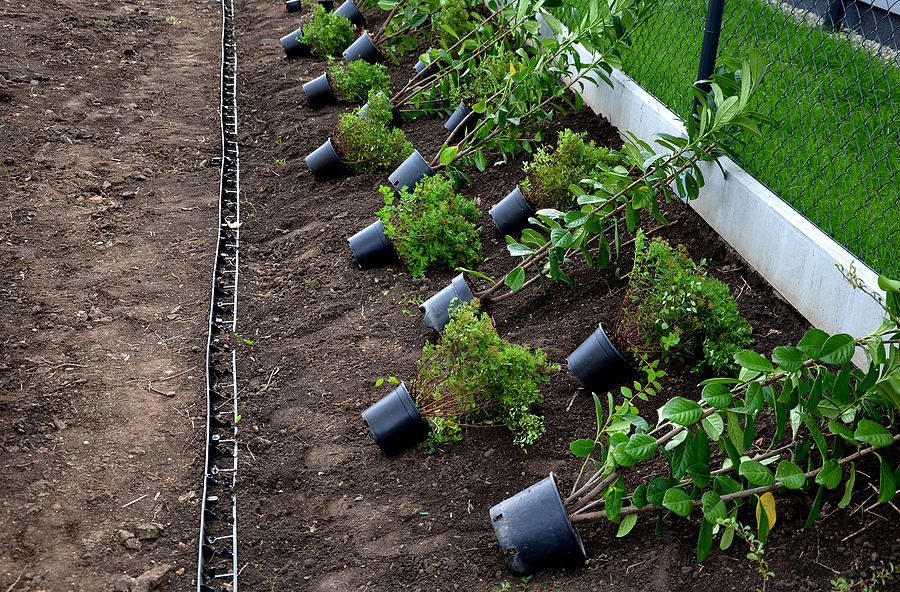Uncategorized
Latest stories
More stories
-
How to Grow and Care for Aptenia
Aptenia, also known as baby sun rose or heartleaf ice plant, is a low-growing succulent plant that is native to South Africa. It has thick, fleshy green leaves that are heart-shaped and glossy, and produces vibrant pink or purple daisy-like flowers that bloom in abundance during the spring and summer months. Aptenia is a genus […] More
-
in Shrubs, Uncategorized
How to Grow California Lilac – Ceanothus
Ceanothus, also known as California lilac, is a beautiful shrub that can be grown in a variety of climates and settings. Ceanothus, commonly known as California lilac, is a genus of of about 50 species of evergreen and deciduous shrubs and small trees native to North America. They are known for their clusters of vibrant […] More
-
How to Grow Acanthus — Bear’s Breeches
Acanthus–commonly called bear’s breeches–is an imposing perennial with deeply cut, glossy dark green leaves, and tall snapdragon-like flowers. It is grown for its bold-textured evergreen leaves and sculptural beauty. The mauve-and-white tubular flowers bloom on tall, dramatic stalks for a month in early summer. The flowers can be freshly cut. Acanthus can be used in large […] More
-
How to Grow Rheum – Rhubarb
Rheum – commonly called Rhubarb–bears big, elongated, heart-shaped, crinkled leaves and red-tinted leafstalks. Towering panicles of petalless flowers appear above the leaves in summer. There are about 50 species of Rheum; some are ornamental and some bear edible leaf stalks though the leaves are poisonous. Many members of the Rheum genus are grown for their large […] More
-
September Flower Garden Tips Zone-by-Zone
The weather will direct your efforts in the garden in September — early autumn. While the first day of autumn will arrive on September 22, this month may seem like an extension of summer in many southern gardens. The first cold weather and even frost can come this month in northern gardens. Now is the […] More
-
August Flower Garden Tips Zone-by-Zone
August is a month of transition in the garden. Nights start to grow shorter but days are hot and dry. Early summer blooms begin to fade while buds for autumn blooms are now appearing and will break soon. Pests and diseases in the garden often peak this month. Roses and perennials need deadheading in August. […] More
-
June Flower Garden Tips Zone-by-Zone
Summer arrives toward the end of this month. Now is the time–before hot weather arrives–to finish your spring garden chores. After weeding beds and borders, sprinkle slow-release organic fertilizer around each plant then add an aged compost mulch across beds. Aged compost will work itself into the soil through the summer improving both moisture retention […] More
-
May Flower Garden Tips Zone-by-Zone
May is the month most gardens begin to look more and more like the summer garden. By mid-month, most warm-season annuals and perennials can be sown or transplanted out in most gardens without worry. May is the month to get shrubs and trees planted; you want these big-rooted plants to get a foothold before the […] More
-
April Flower Garden Tips Zone-by-Zone
Early to mid-spring is a time of transition in the garden. Weather extremes from snow to hot weather can occur in the Northern Hemisphere in April. In cold-winter regions, spring weather may still be several weeks away. In warm-winter regions, the last frost has already passed, and gardens are warming. The timing of planting is […] More
-
March Flower Garden Tips Zone-by-Zone
March is a month of transition in the garden. March brings the end of winter and the beginning of spring. Spring for the northern hemisphere will arrive on March 20, the vernal equinox. There will be exactly 12 daylight hours from sunrise to sunset on that date. In the northern hemisphere, every day hence will […] More
-
February Flower Garden Tips Zone-by-Zone
February is the start to the garden busy season. In many regions, indoor and outdoor sowing and planting will begin this month. Gardeners in warm regions already have seed and young plants in the ground. In cold regions, where is snow on the ground, February is still the time for making plans and preparing for […] More
-
January Flower Garden Tips Zone-by-Zone
The number of frost-free days each year in the northern hemisphere ranges from more than 300 along the southern coasts to less than 100 in the landlocked north. Your natural growing season stretches from the last frost in spring to the first frost in autumn. In Zones 10 and 11, the last frost of the […] More

